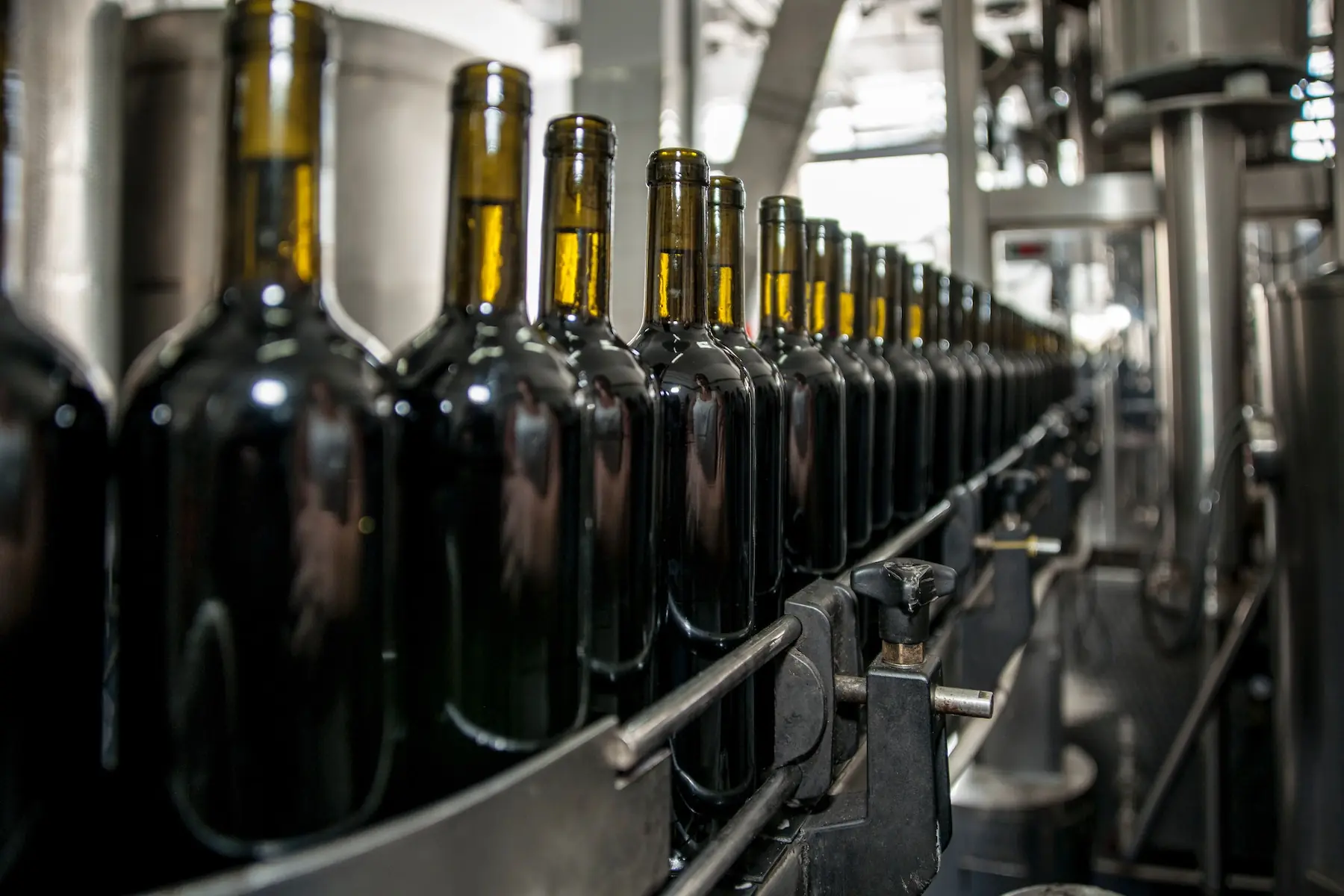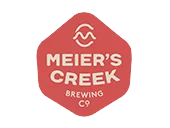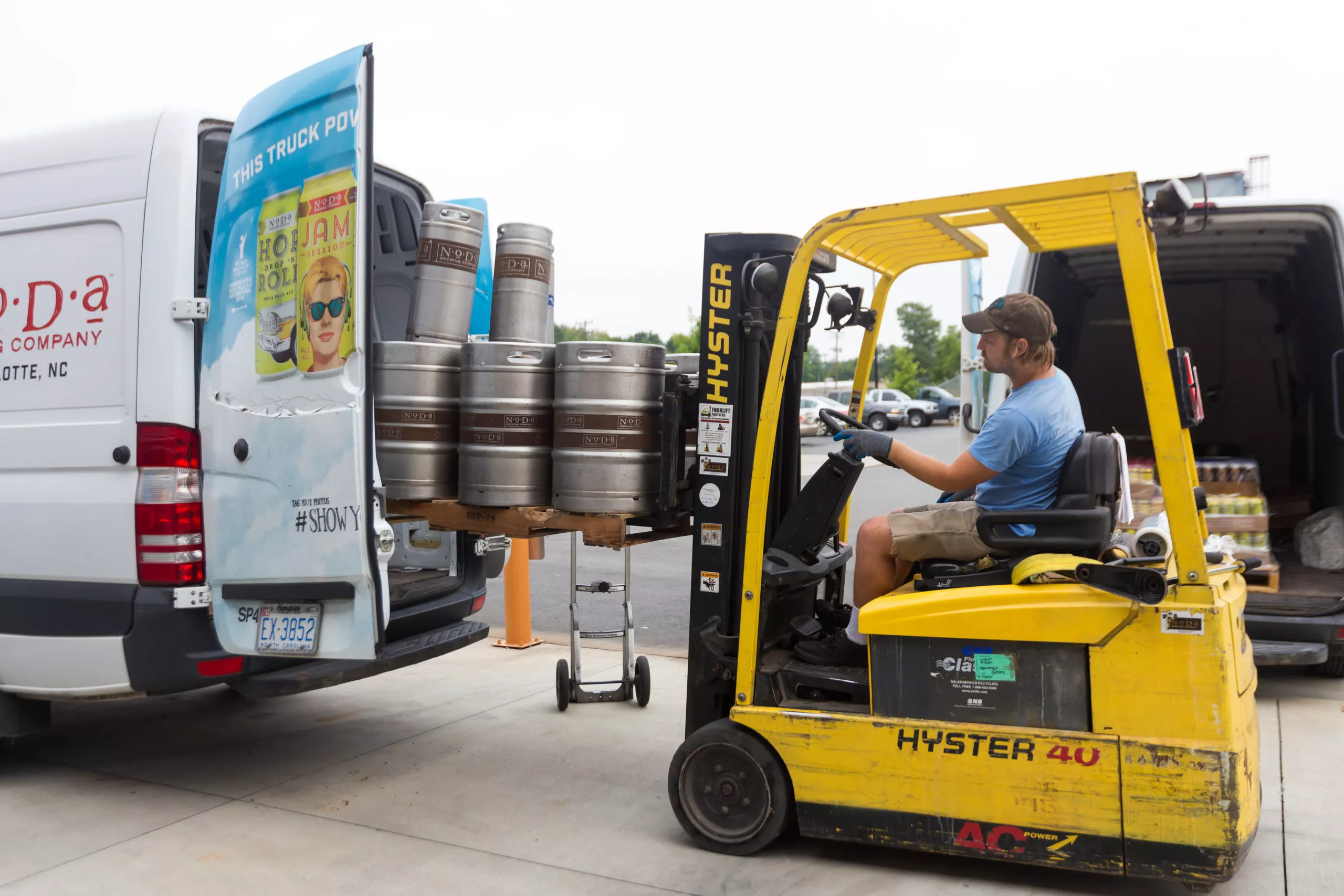Winery inventory management is a crucial aspect of any successful winery operation. It involves tracking all dry goods and packaging materials used in the wine production process as well as case goods. Proper inventory management ensures that wineries have the right stock levels at the right time, which can help to reduce production costs and improve customer satisfaction.
In this post, we will explore the importance of winery inventory management and provide some tips on how to effectively manage your inventory. Whether you run a small boutique winery or a large commercial operation, having a clear understanding of your inventory levels and needs is essential for maintaining a profitable and sustainable business. So, let’s dive in and discover how to effectively manage your winery inventory.
What’s in This Post:
Benefits of Good Winery Inventory Management by Business Area
What can you gain from good winery inventory management? The benefits go far beyond just knowing your stock levels. When it comes down to it, you can’t run a successful wine business without proper inventory management. Here’s how setting up the right inventory processes can support your whole business.
Inventory
- Inventory forecasting: Know what packaging materials to order and when, so you never run out of bottles, your preferred closures, or anything else you need.
- Inventory costs: Has the cost of working with a packaging supplier gone up astronomically over time? Are you spending too much on certain items? You can answer these questions when you accurately track your inventory and associated costs.
- Case goods allocation: Know what case goods are actually in stock at any given time. Better understand what items sell best in each sales channel so you can allocate inventory accordingly.
Production
- Lot cost: Track the cost from grape to bottle so you can compare and plan YOY.
- Lot details: Keep an eye on the nitty gritty details of each wine lot, including inventory needed for production and bottling compared to what’s on hand, current costs, current quantities packaged, and more.
Sales
- Product performance: Learn which products sell at the highest margin so that you can plan next year’s growing, purchasing, and production schedule.
- Cost of goods sold & wine pricing decisions: You can’t get an accurate COGS number without tracking the cost of all related inventory, production, and packaging items. Having this information helps you price your products appropriately to make a profit.
Operations & Accounting
- Cost accounting: When you record all costs associated with production, from raw materials to packaging, you can use cost accounting to get an accurate picture of your finances and make informed decisions.
- General ledger & chart of accounts: Detailed records are vital for creating the balance sheets, income statements, and cash flow statements that help you evaluate your winery’s performance on an ongoing basis.
- Report of Wine Premises Operations: When you diligently track inventory, production, and sales, filling out this report for the TTB becomes a much faster process. Winery inventory management software can even automate some of this for you.
Top Priority: Managing Case Goods Inventory
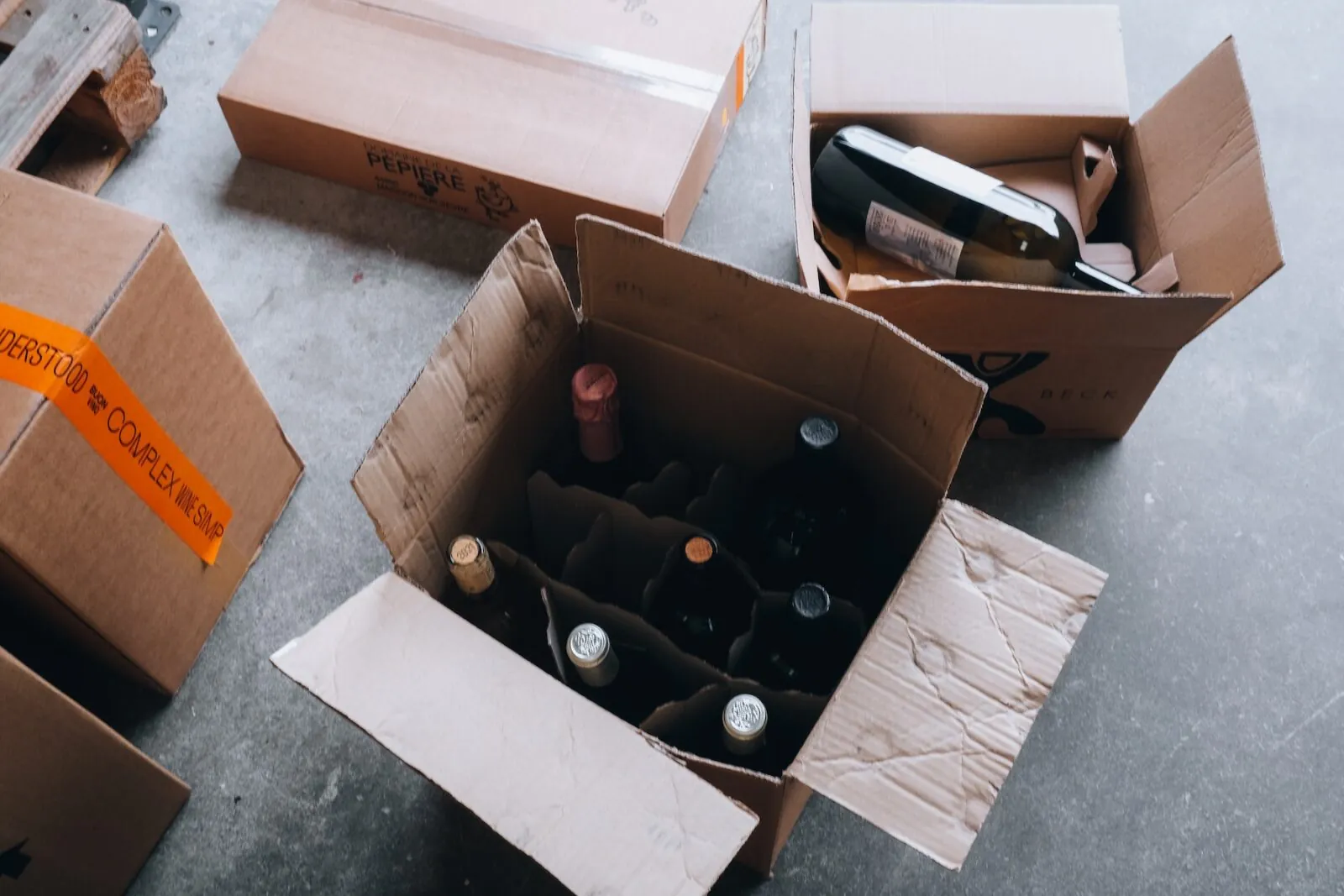
For many wineries, the most complicated aspect of inventory management is allocating case goods, especially when it comes to deciding how much inventory to dedicate to your club memberships. If you accidentally sell more bottles through your wine club than you have available, issuing refunds and communicating with customers about out-of-stock items can be a nightmare. It’s much easier on your staff if you assign the right amounts of inventory to each sales channel from the beginning.
So, how should you allocate case goods? There’s no one-size-fits-all number; every business model is a little different, and what sells well in one market might perform poorly in another. The key is knowing your own business inside and out. Here are some guidelines:
- Know your sales numbers. Keep track of sales performance by channel, packaging type, and SKU. The more data you have, the better. You can’t make educated decisions about inventory allocation if you don’t have this data.
- Compare sales performance to what’s currently (or soon to be) bottled. Once you look at the sales numbers, it’s time to see what you have available to sell in the upcoming months. If the math doesn’t quite add up, that’s okay: do your best to assign inventory to the right channels now, and then you can use the data you have to inform future production and distribution decisions.
- Record and communicate case goods allocations. However you track inventory, make sure you update allocations regularly so that the appropriate team members know what’s being sold through which channels. Ideally, you have a central system to manage this process and communicate internally. Otherwise, update the various spreadsheets you use to track inventory, add the new inventory to your DTC software, and talk to your distributors and/or sales team.
- Review and revise regularly. Lather, rinse, repeat. Inventory management is a constant evolution. How often you adjust your allocations is up to you; depending on your resources, you might choose to review allocations weekly, monthly, seasonally, or all of the above. The important thing is to check in often enough that you don’t miss major sales trends that negatively affect your ability to fill orders and plan future production.
Winery Inventory Management Software vs. Spreadsheets
“As soon as you bring in other people and delegate, you need a trackable system for record-keeping. Verbal or paper records can lead to discrepancies, inaccuracies, and a lack of communication.”
– Keith Bishop, co-owner, Bishop’s Orchards Winery
If you want to do winery inventory management right, you absolutely cannot do it in notebooks or spreadsheets — paper can be lost or damaged and spreadsheets are high-maintenance. These methods may work if you’re managing everything by yourself, but to communicate changes with other staff members and ensure you get the insights you need as you grow, a reliable system of record is required. Keith Bishop, co-owner of Bishop’s Orchards Winery in Guilford, CT, put it this way: “As soon as you bring in other people and delegate, you need a trackable system for record-keeping. Verbal or paper records can lead to discrepancies, inaccuracies, and a lack of communication.”
Case Goods Inventory: All in One Place
The most common complaint we hear from wineries is that they’re managing case goods inventory in many different places, making it difficult to keep everything straight. You might track bottled inventory on hand in spreadsheets; distributor orders are recorded in other spreadsheets; and you have a tasting room POS system, but you manage your wine club inventory manually (in yet another spreadsheet). In this common scenario, it can be almost impossible to get allocations right.For that reason, many wineries seek out software that can help. With the right winery software, you can track case goods inventory from bottling to sale in every channel, then use that information to allocate to each one appropriately. Not only is this ideal from a record-keeping perspective, but it also saves you and your team time and frustration because you’re not duplicating data entry across multiple systems. Plus, if you use a software that has the right integrations, reconciliation with your accounting and DTC software can be a breeze — inventory movements are automatically updated between systems when goods are sold or otherwise updated in the software.
Choosing a Winery Software Solution
“We looked for a solution for almost a year and found that Ekos was the perfect system to help us control our dry goods inventory, our wine production, our bottling, and our shipment activity.”
– Amy Aguilera, director of operations, Thomas Allen Vineyards & Winery
The best winery software will help you keep track of inventory, plan and record production activities, manage sales orders and invoices, and sync with your accounting software to make end-of-month reporting seamless. A cloud-based system (i.e. one that runs on the internet) allows you and your team to manage your business from wherever you are, so you can assign new work orders, keep an eye on cellar activities, or check in on sales from anywhere in real time.
You’ll also be able to answer questions about your business that help you solve current problems and plan for the future with confidence. For example:
- How much does it cost me to produce this wine?
- What price will make me a profit on that item?
- Based on planned production, when should I order more packaging materials?
- What is my COGS, and is the revenue I’m bringing in helping my winery grow this year?
- Are all my inventory and sales activities accurately reflected in my accounting software?
Winery inventory management is just one aspect of great winery management software, so make sure you do your research. No matter which tool you choose, prioritizing inventory management in your winery will pay off. When you know your business intimately and can plan ahead, you’ll be able to handle anything that comes your way.
Free Resource: Winery Software Buyer’s Guide
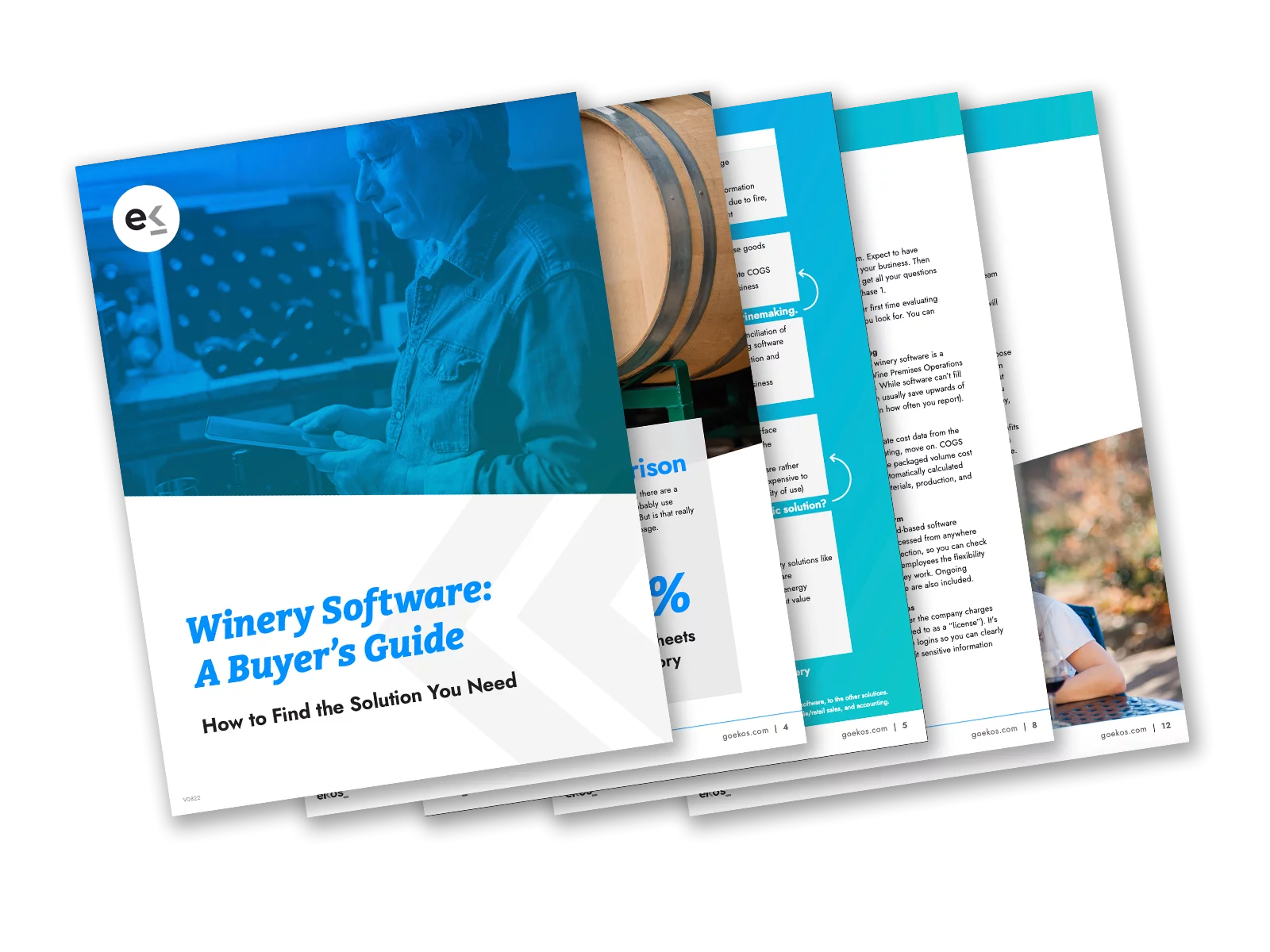
Curious about what winery software could do for your business? This free guide breaks down what winery software is, the benefits of using it, and what features to look for. Plus, find out how you can get your team on board with trying a new system.
